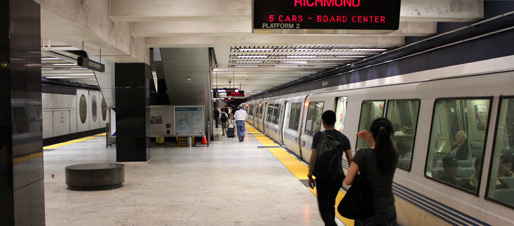
Flexible work arrangements offer employers ways to organize when work is performed. Download the Flexible Work Arrangement Implementation Guide (.doc) or Telework Tools (.doc).
What can flexible work arrangements do for employers and employees?
- Enhance recruitment and retention by appealing to the best talent.
- Potentially increase productivity and reduce absenteeism.
- Allow employees to meet both organizational needs and personal commitments, like accommodate child care, medical appointments or school.
- Support your company's sustainability goals.
What do flexible work arrangements look like?
Flexible work arrangements come in various forms. Some ways to implement flexwork include:
- Flexible Schedules. Employees shift commute times to avoid peak congestion. Shifts as small as 15-30 minutes can dramatically improve their experience with transit crowding.
- Compressed Work Weeks. Employees agree to work the same number of hours in fewer days (e.g. 40 hours in 4 days).
- Staggered Work Hours. Different employees stagger their starting and ending times by 15 minutes to 2 hours.
How else can employers offer more flexibility?
In addition to offering flexibility on when work is performed, employers can offer teleworking options allowing for flexibility on where work is performed. Selected employees work at home or at an office close to home on a part-time to full-time basis.
Getting Started
- Flexible Work Arrangement Guide: employer resource for formalizing flexibile work arrangements (.doc)
- Telework Tools: employer resource for implementing a telework program (.doc)
Why offer flexible work arrangements or telework?
These arrangements help employees reduce their carbon footprint. In shifting their schedules, employees can avoid the crowds on transit buses or trains. When employees are able to have a more comfortable commute, they will want to take public transportation more often. With teleworking, employees can skip a commute trip altogether.